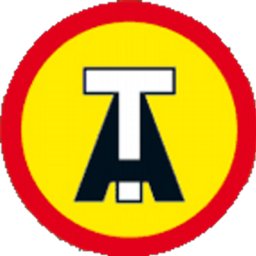Case formulation5. Complete pre-intervention ReQols and MHRM6. Identify Goals CHIME Recovery goals/consider interest checklist Complete7. Where appropriate, and with service users consent, engage with family members8.
Liaison with the Individual Funding Team and accommodation provider to support transition9. Following discharge from hospital, ensuring a robust individual Safety plan is in place with service user, provider, CPA Coordinator and Recovery Team Intervention1. Help service user to settle into their homes and develop a positive relationship with their care provider (if applicable).2. Work with them to achieve their prioritised CHIME recovery goals and improve their quality of life based on ReQols scores and MHRM.3.
If not already created, ensure a co-produced safety plan is in place.4. Support the building and maintaining of motivation for change5. Support with co morbid substance misuse6. Liaise with other services (e.g.
care co-ordinator, accommodation provider, acute liaison and mental health service, and crisis team).7. If a mental health crisis is identified, the team will ensure liaison takes place with PCART/Care co-ordinator who will monitor mental health, medication and any referrals. The team will support the accommodation provider, encourage the service user to use their safety plan and help them to stabilise using the CHIME model. If needed a psychological re-formulation may take place to guide intervention.8.
The intensity of intervention will reduce over time as people become more skilled in managing their recovery
Report job



